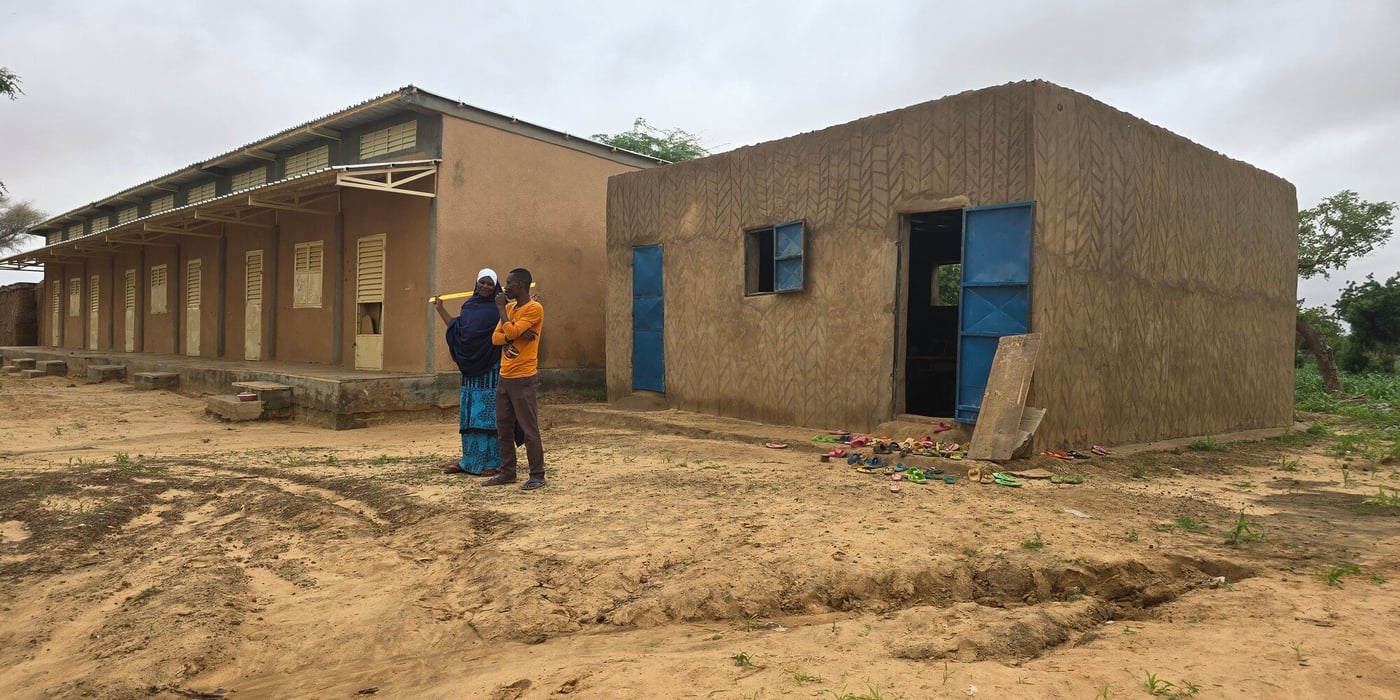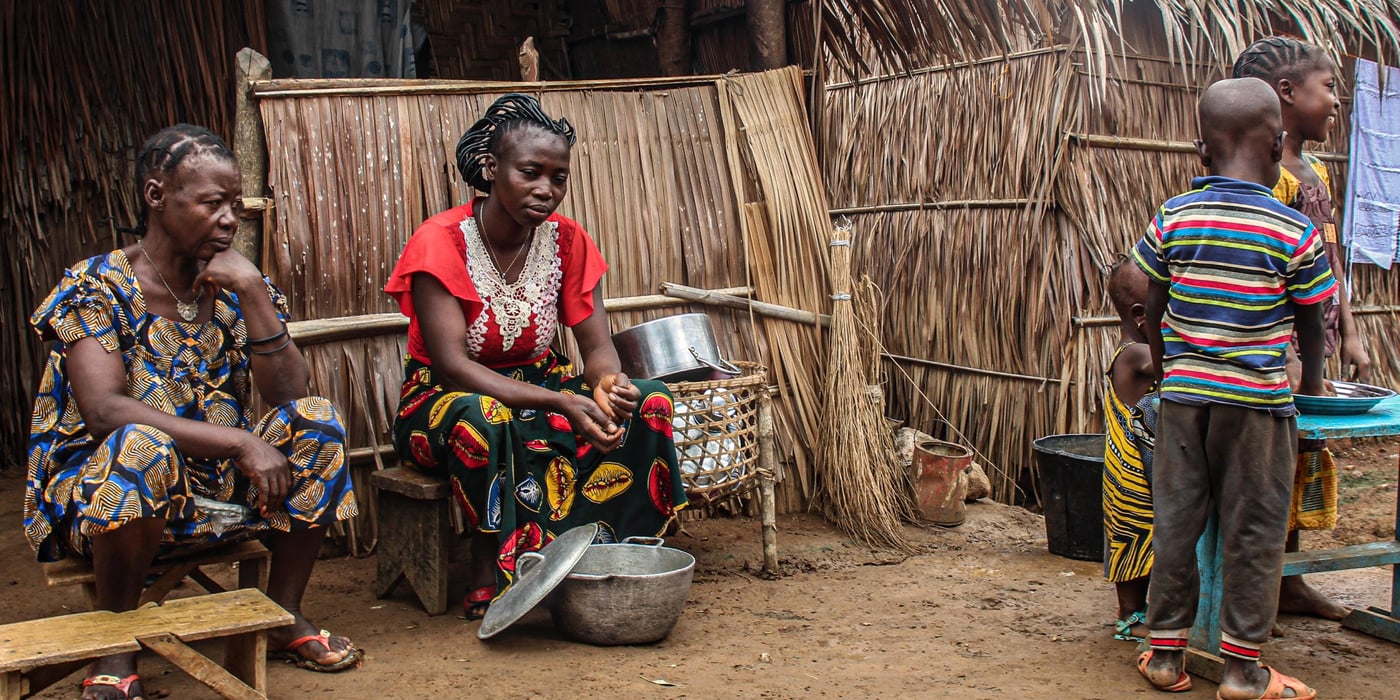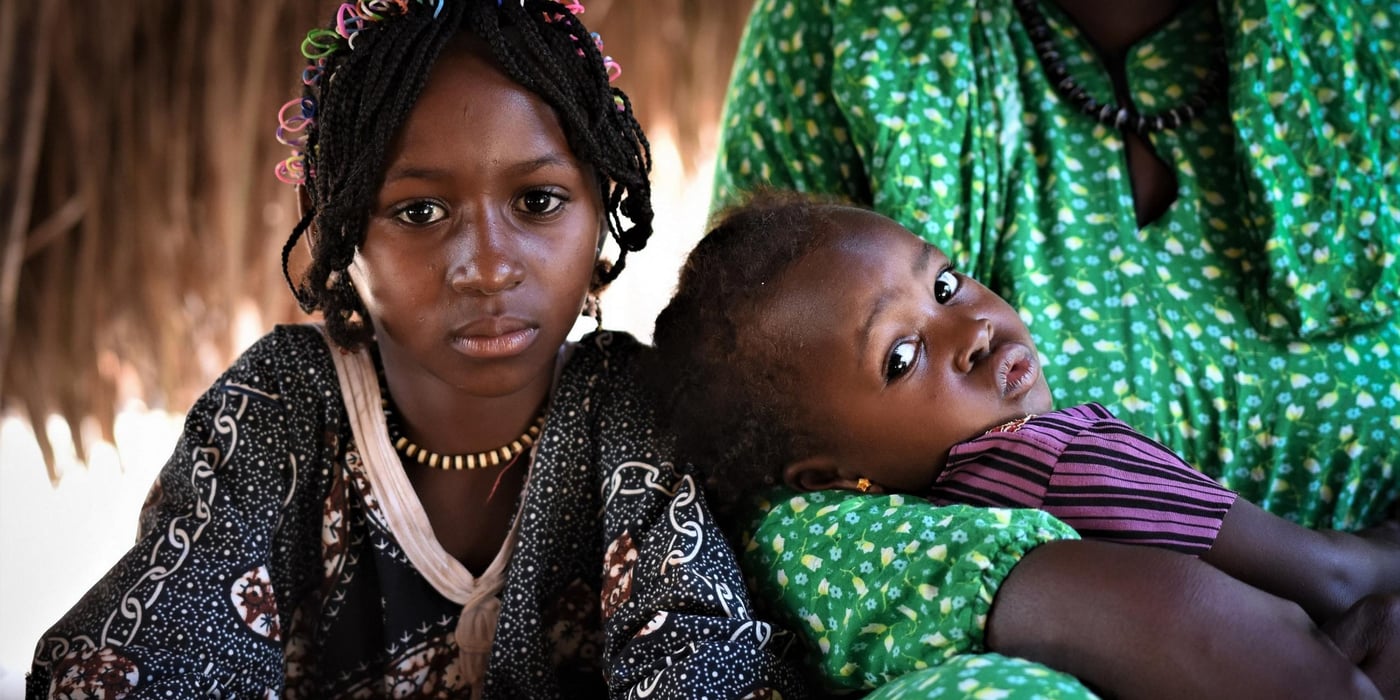

#1: Record level of forced displacement
Since late 2012, the Central African Republic (CAR) has been wracked by a bloody conflict in which civilians have paid the price. At least 1.2 million people have been forced off their homes: One in four people are either internally displaced or have sought refuge in neighbouring countries. In 2017, the number of internally displaced people increased by 70 per cent.
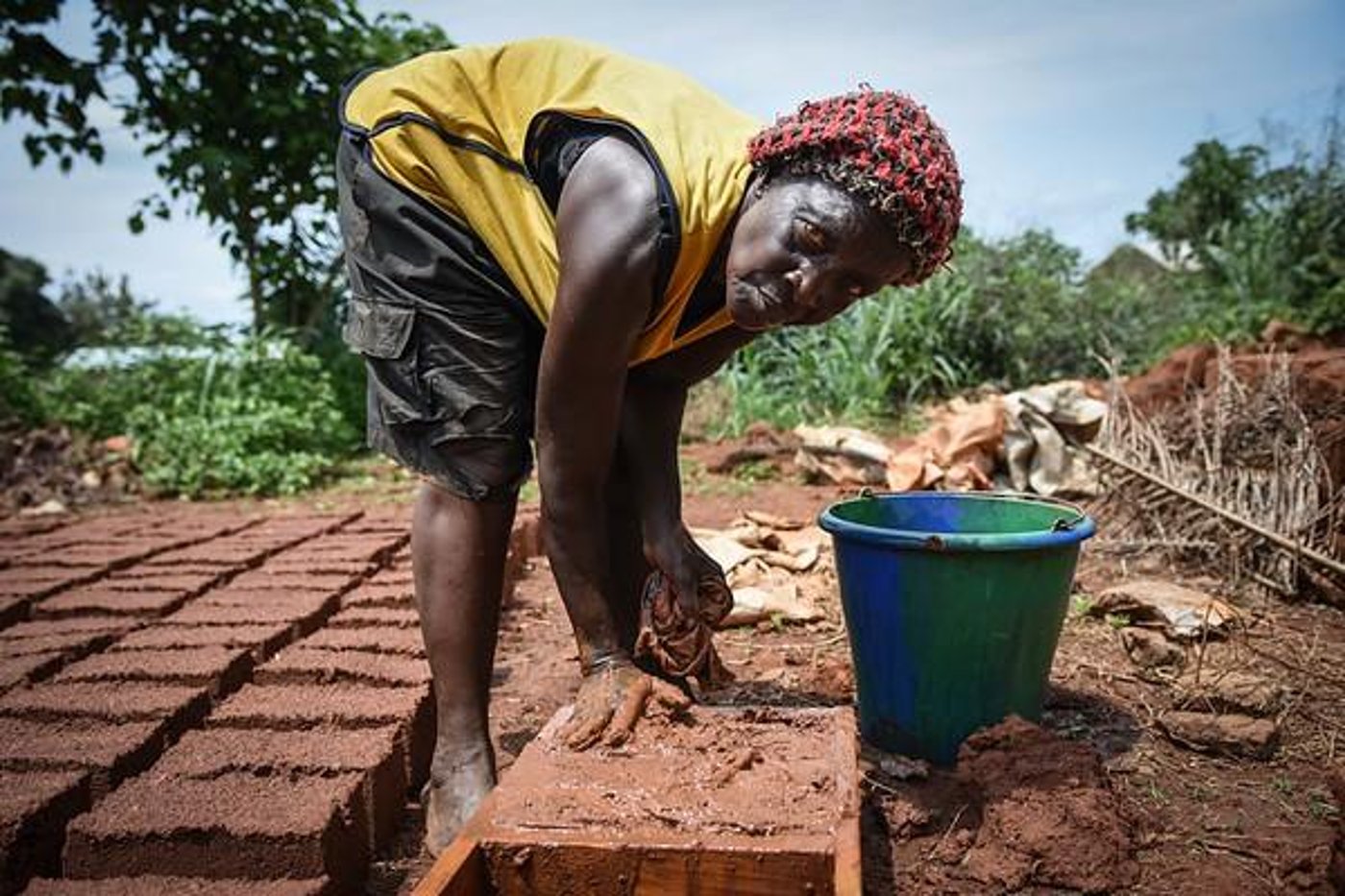
#2: Large areas controlled by armed groups
CAR counts a myriad of armed groups and militias. It is estimated that armed groups and militias run up to 80 per cent of the territory, challenging the authority of the central government everywhere they operate. The presence of armed groups has prevented many internally displaced people from returning to their homes.
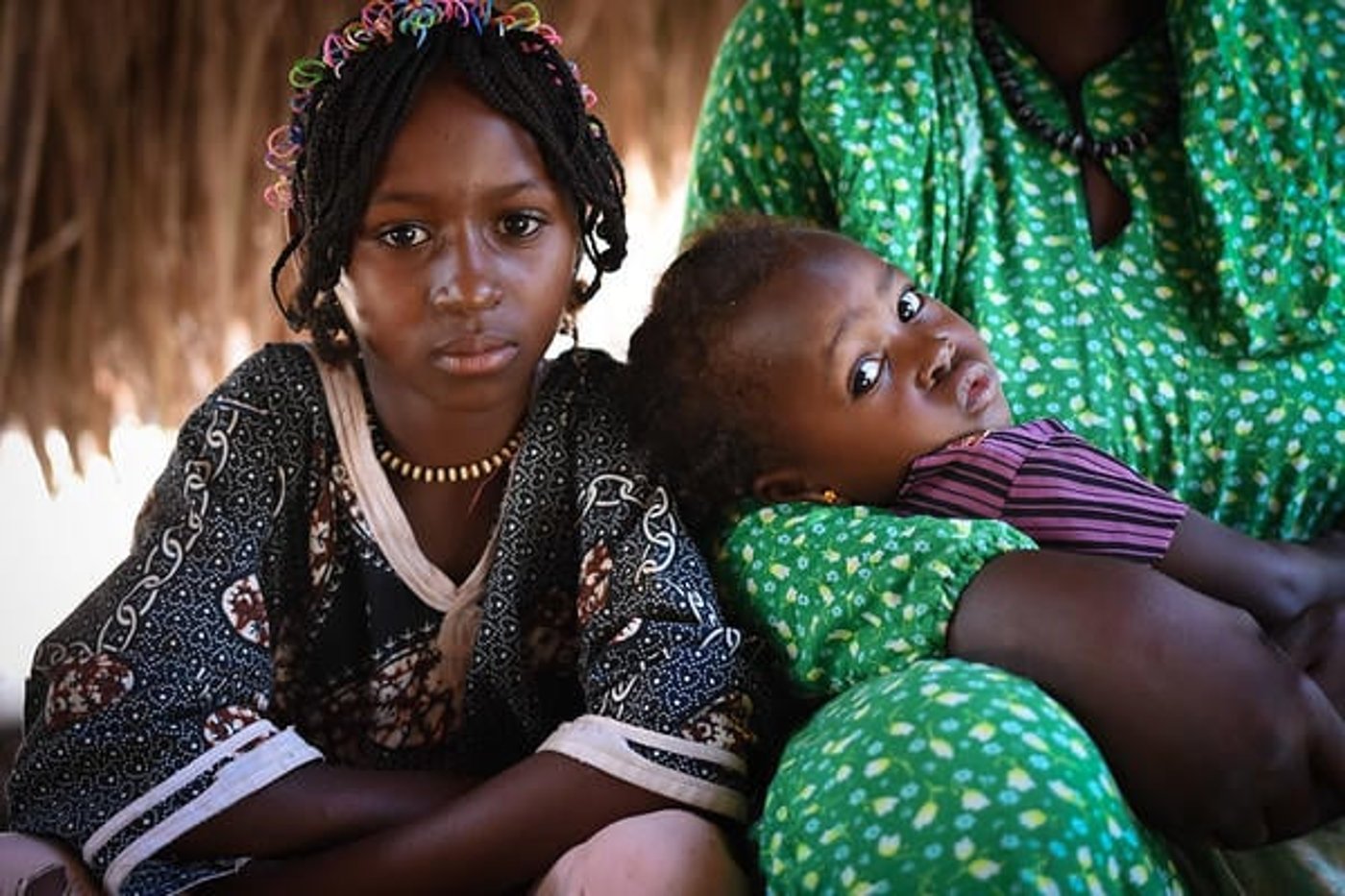
#3: Humanitarians are often targeted
Aid workers are frequently targeted in CAR. The country is considered to be one of the world’s most dangerous countries for humanitarians. In 2017 and 2018, a total of 25 aid workers were killed, according to the Aid Worker Security Database (AWSD). This often leads aid agencies to suspend their activities despite the needs of the affected and displaced populations.
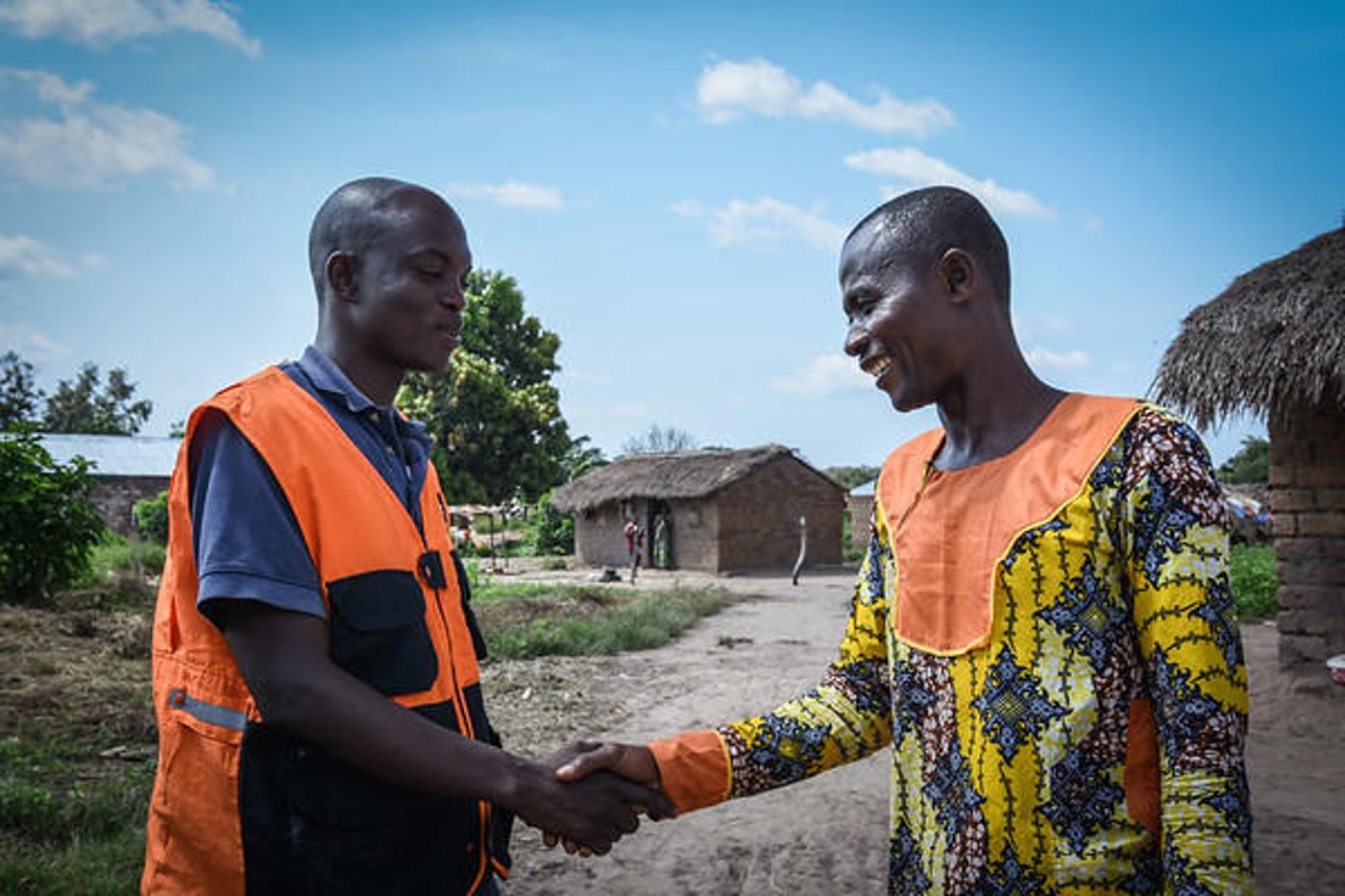
#4: One of the world’s most neglected humanitarian crises
In addition to a lack of international media coverage, the crisis is receiving little support from international donors. Last year, over 60 per cent of the humanitarian needs couldn’t be covered because of a lack of funds. Today, half of the population needs humanitarian aid. This year, over USD 515 million are required to address the humanitarian needs in the country. At the beginning of May, less than 10 per cent was funded.
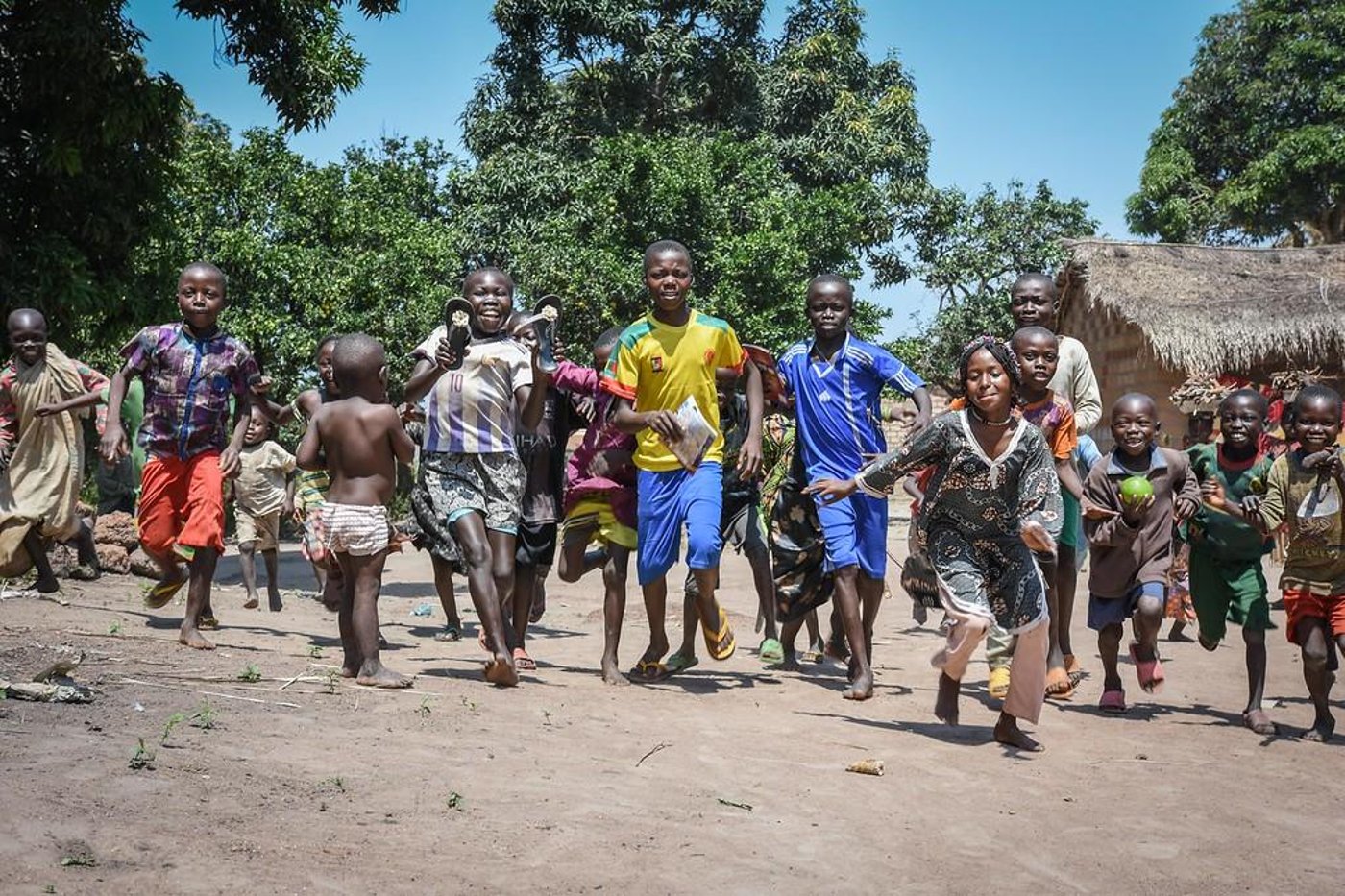
#5: An overwhelmingly young population
In CAR, 75 per cent of the population are under 35 years old. However, most young people are unemployed, and this has made them an easy target for armed rebel groups. Youth employment is estimated to be at 12.5 per cent.


